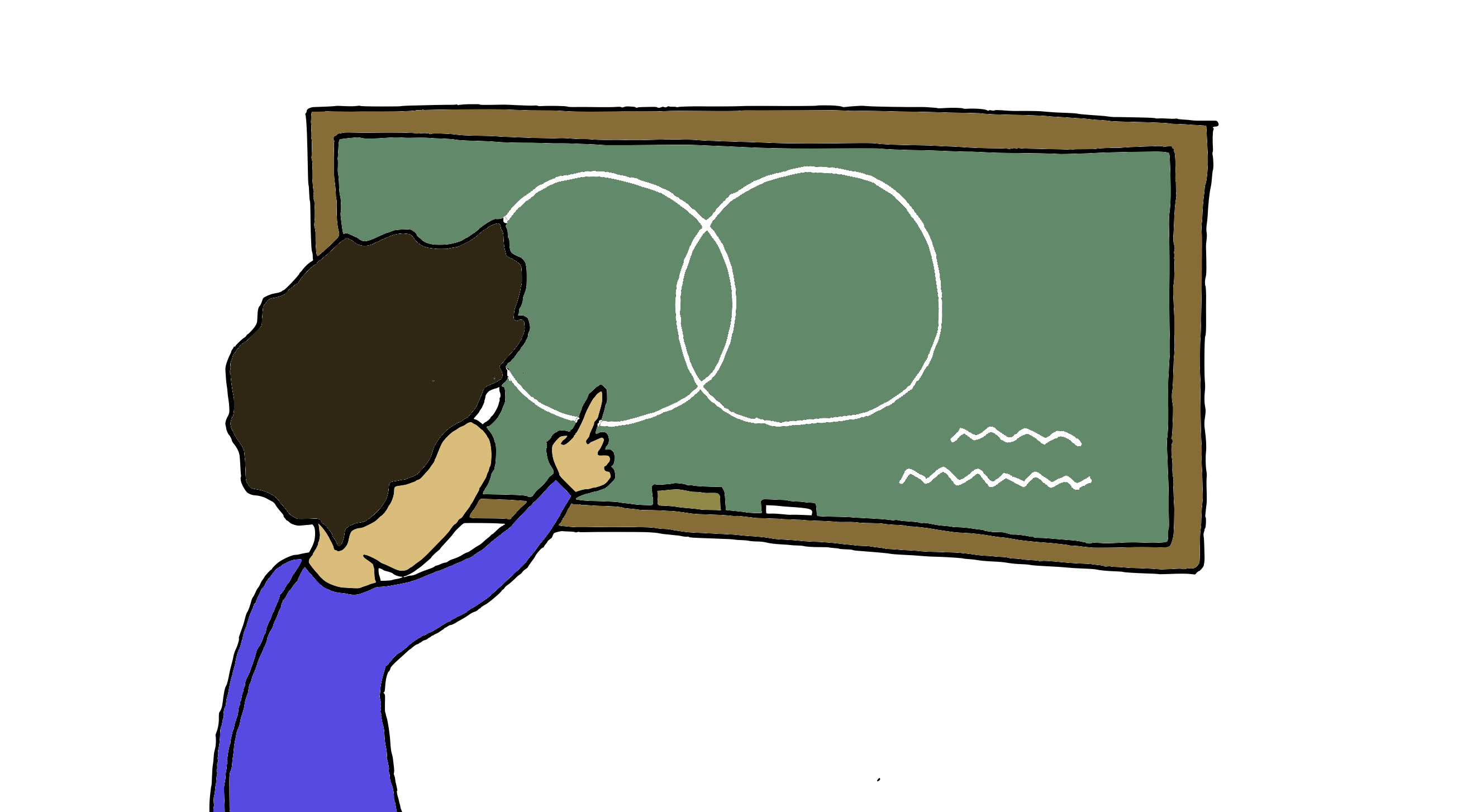Chapter 4: Types of Writing
Analytical Writing
What it is?
Have you ever been asked to analyze a text or an experience or a concept?
There are many types of analytical writing, but fundamentally it involves a detailed examination of multiple elements related to your topic. The purpose of the analysis is clarify a complex topic: if there was a clear dichotomy (e.g., right/wrong), there would be no need for an analysis.

Figure 4.5: Analytical writing
Because nursing is a human science, you will often analyze nuanced and complex issues (e.g., the development of healthcare policy, the implementation of harm-reduction clinics) or concepts (e.g., grief, loneliness) and how they are taken up in practice. Unlike other sciences, there are rarely absolute truths in nursing. Therefore, consideration of all perspectives is important in developing a robust analysis.
How to do it?
Conducting an analysis depends on what you are being asked to analyze or say about a topic. In general, analysis involves the following steps:
1. Start with a question or debate. For example, what is known about safe consumption sites or the concept of quality of life? Establish a clear goal or thesis that you can adhere to throughout your paper.
2. Review the literature to gain a preliminary understanding of what is known about your topic. Establish criteria that will assist you in assessing the literature and determining what evidence is applicable to your topic.
3. Once you have decided what literature to include, begin your analysis. Ask questions such as: Are there opposing points of view? Have themes or categories emerged from the literature? These questions will allow you to sort information and process what is known about the topic.
4. Your analysis should present what is known about the topic in a concise and informative manner. Thus, start with a full overview of the topic.
5. In your analysis, articulate your process of inquiry and examine the concept or issue closely. You might consider questions such as: Why is the concept or issue appearing this way? What is the significance?
6. The discussion section of your paper provides room for analytical commentary to reflect on issues such as gaps in knowledge and to pose questions such as: What is remiss from the literature? What further work needs to be done?
See Film Clip 4.1 for further tips on analytical writing
Film Clip 4.1: Analytical writing [1:34]
What to Keep in Mind?
As you progress with an analysis, here are some points to keep in mind:
- Analytical writing is generally devoid of overt opinion; instead, opinion is conveyed in terms of what and how information is presented.
- A common error that beginners make is to be persuaded by one viewpoint without a good understanding of the full picture. You need to keep an open mind and consider differing points of view while reading a lot about the topic.
- Avoid over-quoting one source. Novice writers often privilege one source over others. While you may cite classic literature, the art of analysis is being able to weave together several sources.
- Try to set aside values, at least initially. You might find that your values play a role in establishing your perspective or point of view. Instead, start by learning the facts; this will ensure that your values will be well-informed.
- Don’t fall trap to reductionism. For the sake of clarity, it is tempting to write in a way that simplifies an issue or topic, but this can mislead the reader. Balance is the key. While it is good to be concise, you also need to allow for complexity.
Activities: Check Your Understanding

